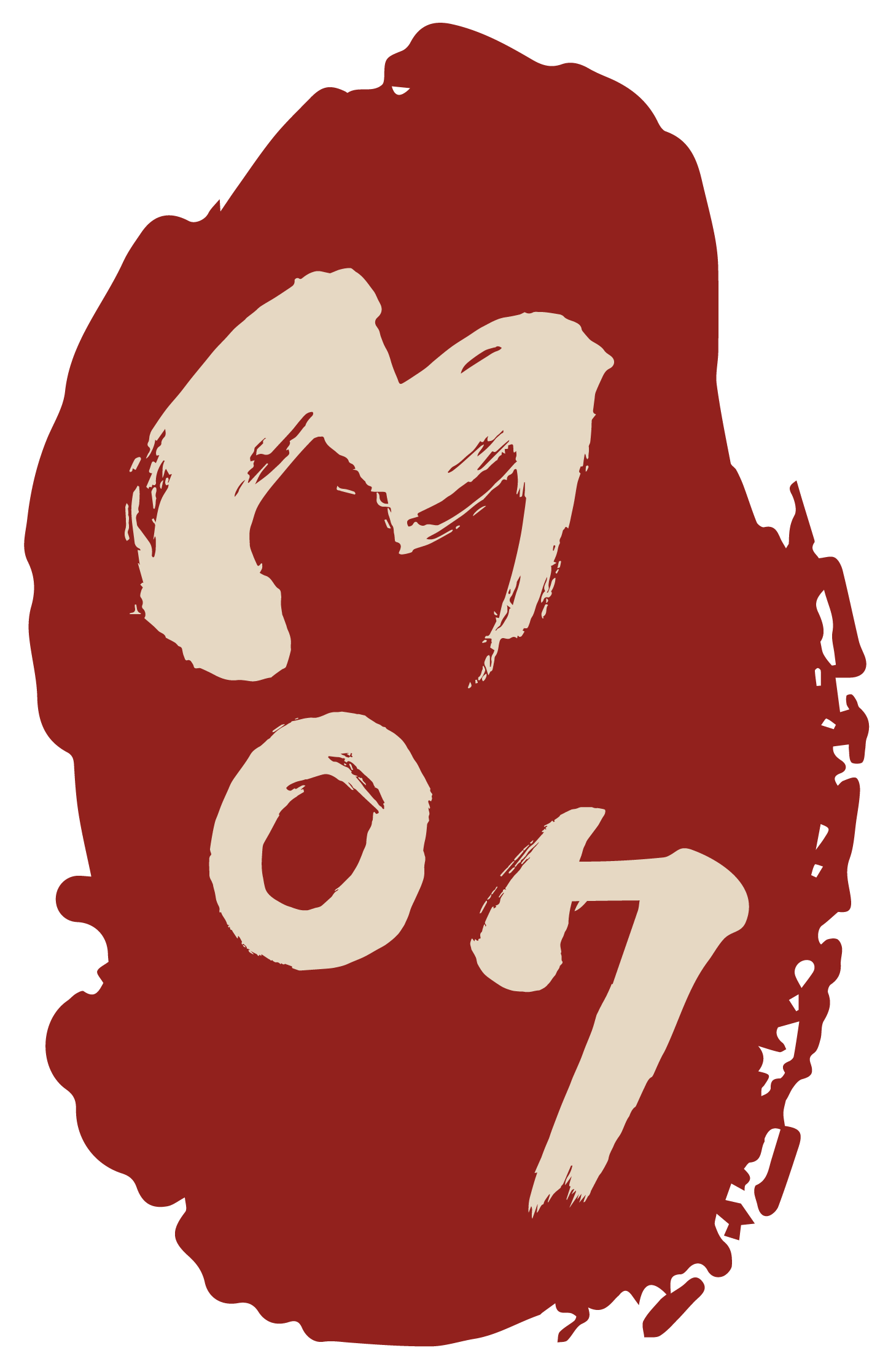Brush Holder
Brush Holder
The brush holder is shaped as a three-dimensional cuboid. It has a square base and four rectangular sidewalls. The decoration of the sidewalls consists of the specific „kakkibōp-technique“. That means openwork patterns. The color is light turquoise.
Object ID
Korea_025
Age
Koryō-Period (918 – 1392 AD)
Material
Ceramics
Color
Light turqoise
Height
12 cm
Bottom square
9.5 cm
Condition
Very Good
Price
on request
Description
The brush holder is shaped as a three-dimensional cuboid. It has a square base and four rectangular sidewalls. The composition of the side parts results in vertical recesses at the corners. The upper side of the edge is covered with craquelures. Light turquoise color covers the entire body. The attached square shaped bottom with the standring is grey-white and appears a little brighter than the edges. The decoration of the sidewalls on the main part consists of the specific „kakkibōp-technique“ and shows stylized flowers and tendrils. That means openwork patterns by carving, relief or inlay. As the secondary motif each of the side surfaces forms with an upper maeander- and a lower lotus bordure a completed pattern.
The manufacturing process was very difficult. There were firstly drafts in a kind of relief or engravings which were finally cut through the clay. This technique was besides painting a method for the decoration of Korean Seladon vessels. It required excellent skills on cutting technology from the craftsmen, and particularly experience in assembling a stable object. Above that, burning and drying processes made those objects very breakable. Therefore, the „kakkibōp-techniques“ were only used for luxurious Seladon wares like brush holders, headrests or cosmetic boxes. [1] Brush holders usually decorated a scholar’s desk. (HV)
________________________
[1] Choi, Kun (2000): Sun ch’ōngja: Reines Seladon. In: Handbuch der Koreanischen Kunst. Steinzeug und Seladon. Wasmuth Verlag. Tübingen. 60-69







